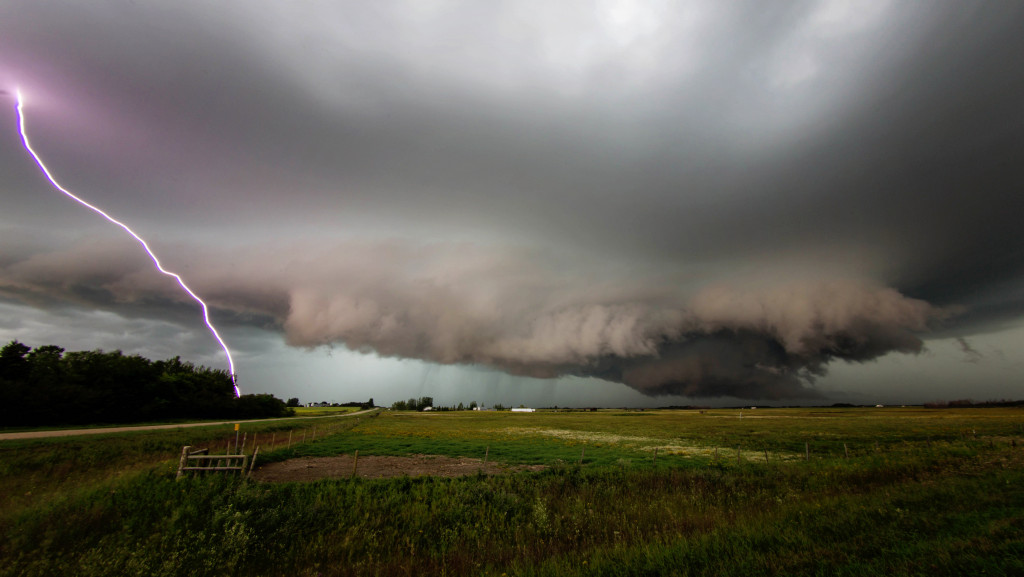- Storms can cause significant damage to homes, requiring professional repair services for roofs, windows, and structural integrity.
- Plumbing and HVAC system maintenance are crucial post-storm tasks to prevent further damage and ensure safety.
- Trimming trees, securing outdoor furniture, maintaining gutters, and installing storm shutters can help prepare homes for future storms.
- Homeowners must take a proactive approach to regular maintenance and storm preparation to minimize storm damage.
Storms can be unpredictable and can cause havoc on your home, leaving you with many repairs to tend to. The aftermath of a storm can leave your home with severe damages that may require professional services to fix and can range from minor damage to major repairs.
Homeowners must take proper precautions before and after a storm to ensure their home’s safety and integrity. Here’s a list of the most common post-storm home repair tasks to help you better prepare for potential damage to your homes.
Roof Damage Repair
One of the most common types of home damage after a storm is roof damage, which can be caused by wind, hail, or heavy rainfall. Loose or missing shingles, leakages, or cracks are all indications that your roof has been damaged. If the damage is severe, you may need to replace your roof entirely.
A professional roofing company that specializes in repairing storm-damaged roofs should be contacted immediately to assess and repair the damage. They can provide you with an estimate of the extent of the damage and advise you on the best course of action for repair and replacement. They will also be able to spot any potential underlying issues that may have been caused by the storm and address them before they become bigger problems.
Window Repairs
After a storm, it is essential to inspect your windows; heavy wind and hail can damage glass and frames. If you notice any cracks or breaks, it is important to get them repaired immediately, as they can cause further damage to your home. Repairing windows immediately will prevent any moisture from entering your home and causing mold and mildew growth.
Plumbing Damage Restoration

During severe storms or flooding, pipes can burst or crack, leading to water damage inside and outside the home. If you notice a sudden increase in your water bill, discolored water, or a sudden drop in water pressure, then you may have a burst pipe that needs to be dealt with promptly.
HVAC System Maintenance
Your HVAC system can be damaged by hail or wind. You should inspect your HVAC system after a storm to inspect any damage to the fins or coils of the unit. Ensure that the power supply is disconnected before inspection; if you notice any damage to the unit, call a professional HVAC technician right away.
Structural Damage Restoration
Storms can cause subtle structural damages that are not immediately noticeable but can result in significant damage down the road. In some cases, problems with the foundations or structure will become more prominent over time. Hire trained engineers and repair professionals to inspect your home’s foundations and provide the necessary repairs, preventing future complications.
Preparing Your Home for the Next Storm
Now that you know the most common post-storm home repairs, how can you prepare your home for future storms? Here are some essential tips to follow to ensure your home is ready for the next storm:
Keep trees and branches trimmed.

Trimming trees and branches regularly can significantly reduce the risk of damage to your home during a storm. Overhanging branches and dead trees can easily fall on your roof, causing severe damage.
Secure outdoor furniture.
High winds can quickly pick up and throw outdoor furniture, causing significant damage to your home or surrounding areas. Make sure to secure all outdoor furniture or bring them inside before a storm hits.
Check gutters and drains.
Clogged gutters and drains can cause water to accumulate on your roof, leading to potential leaks or flooding in your home. Regularly cleaning and maintaining these areas can prevent future damage.
Install storm shutters or impact-resistant windows.
Installing storm shutters or impact-resistant windows can protect your home from flying debris and high wind speeds during a storm. This added layer of protection can significantly reduce the risk of damage to your home.
By making sure your home is storm-ready, you can save yourself time, money, and stress in the long run.
The aftermath of a storm can be a challenging time for homeowners. However, with the correct information and a proactive approach, you can significantly minimize the potential damage to your home. It’s essential to regularly maintain your home’s structure, clear the surroundings, and secure outdoor items for protection against storms. And remember that preparation is always the best defense against a storm. Stay safe and protect your home by keeping these tips in mind.

